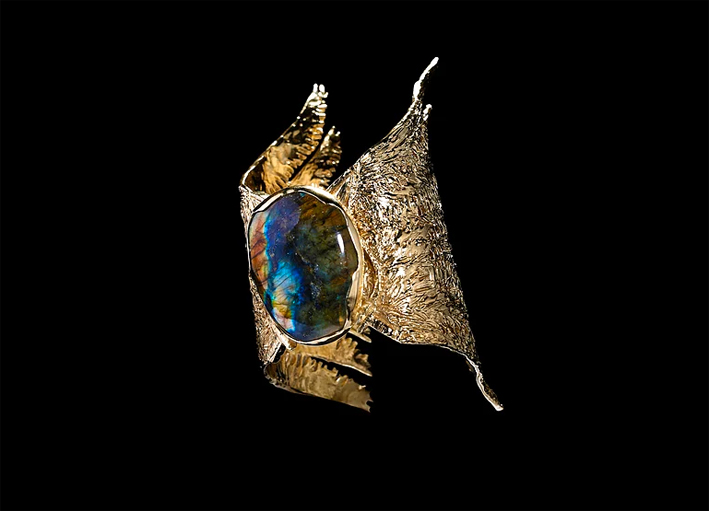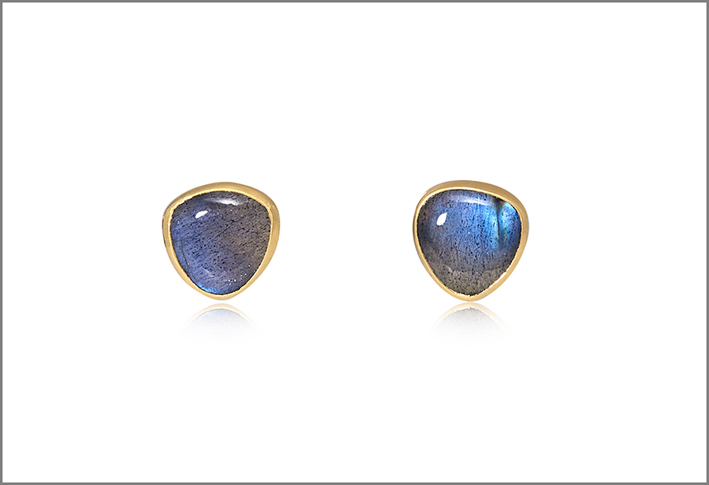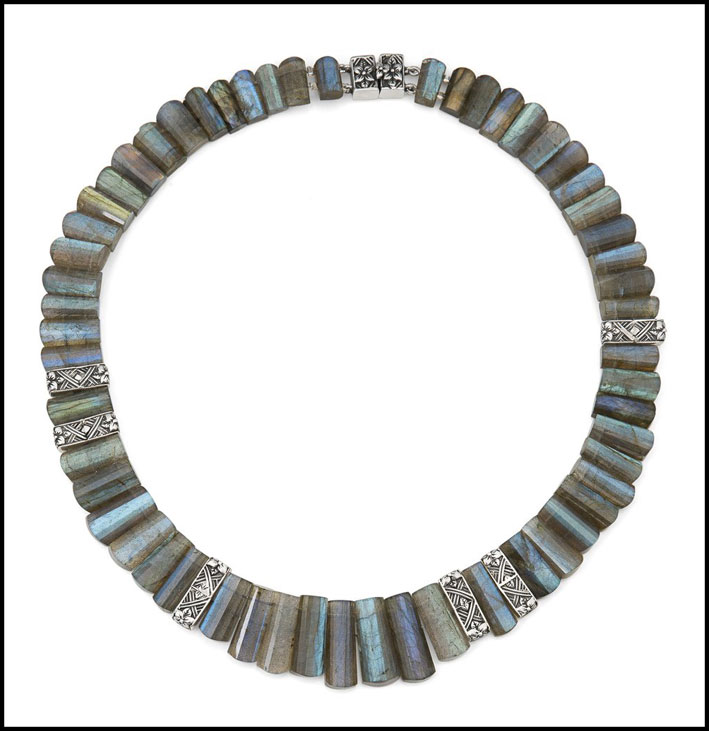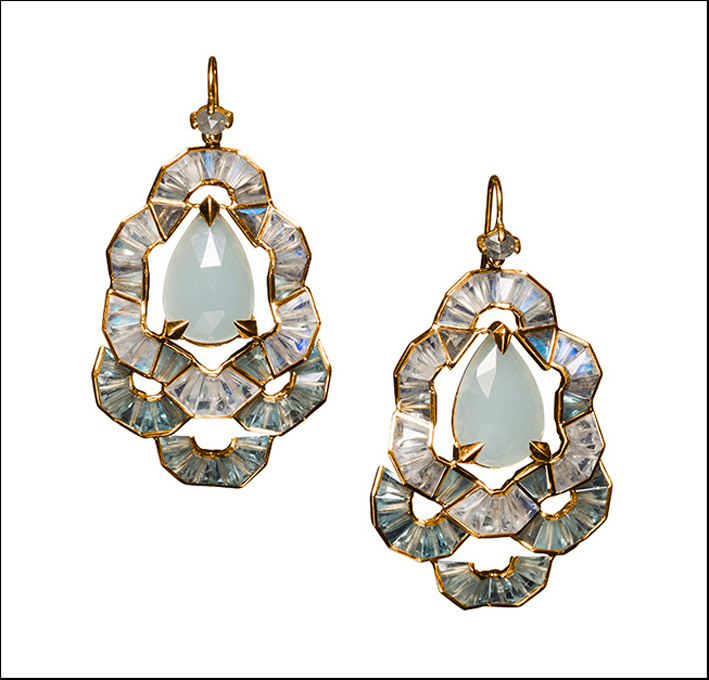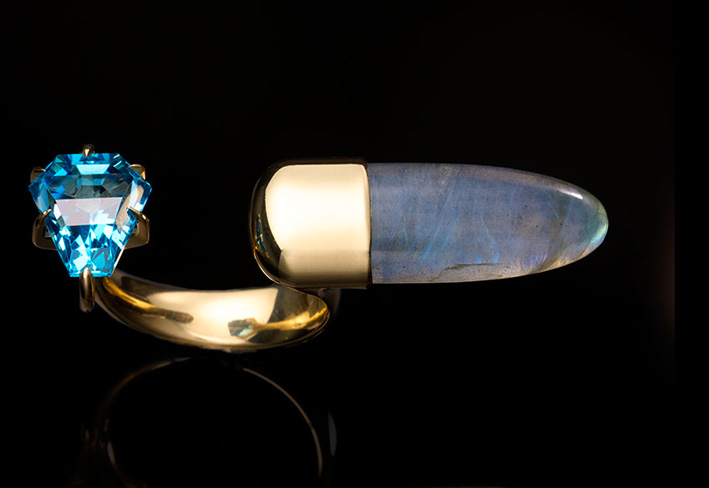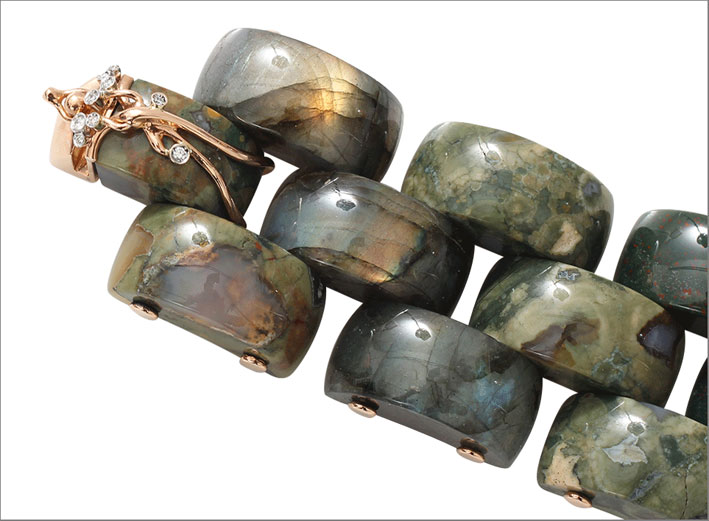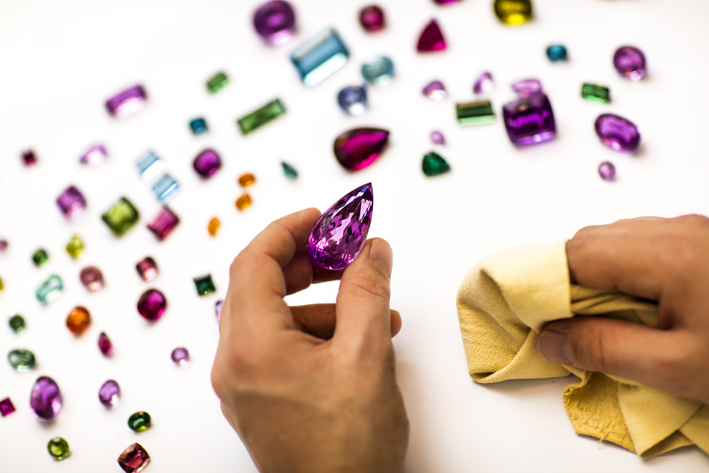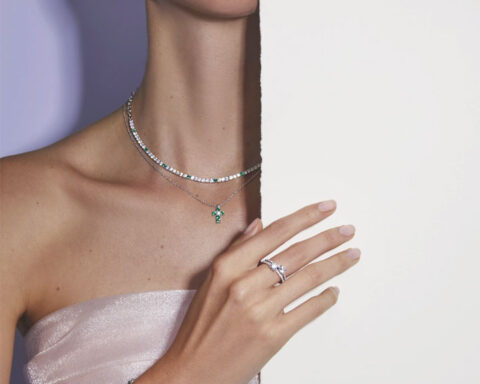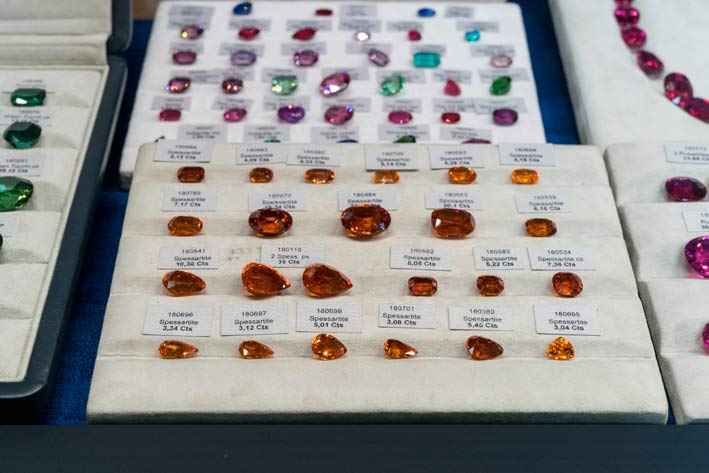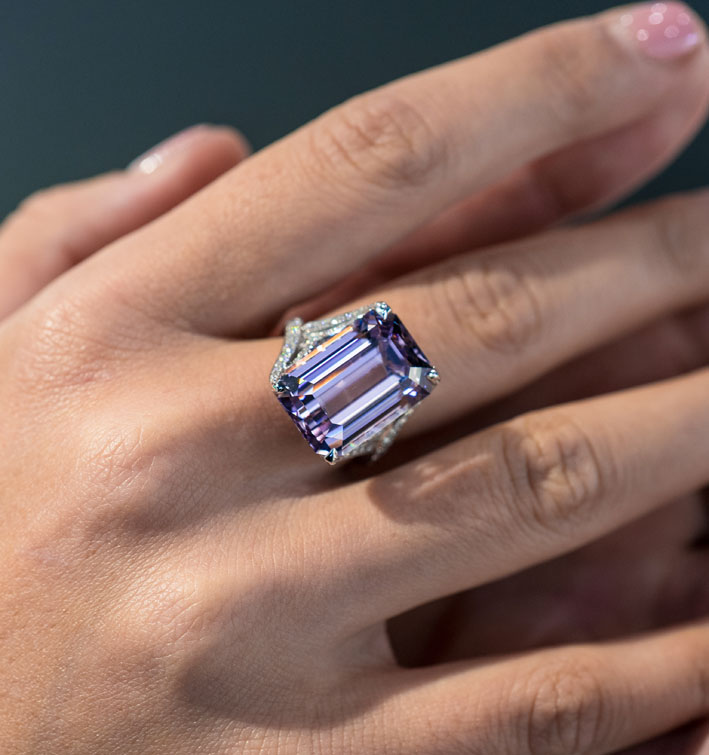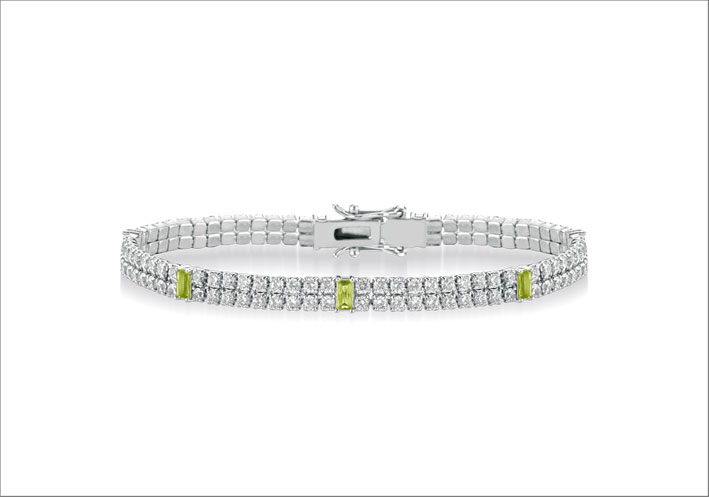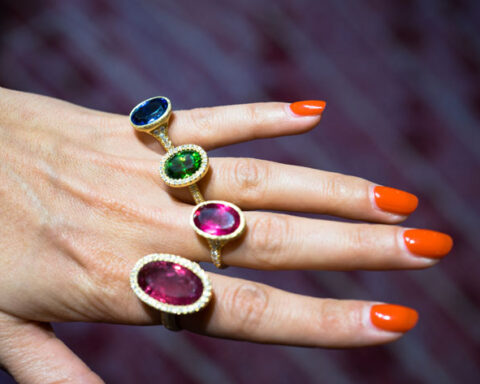Can you recognize labradorite? Yet it is a stone widely used for bijoux and jewelry. Here’s what you need to know about labradorite ♦
When asked if you like Labradorite it is not a reference to the yellow or black dogs who are famous for their water rescue skills. Labrador, in this case, is the place (in Canada) where at the end of the eighteenth century this stone was discovered which is part of the very common group of feldspar, successfully used in jewelry. As with all stones, there is someone who attributes miraculous properties to labradorite. Everyone is free to believe it …
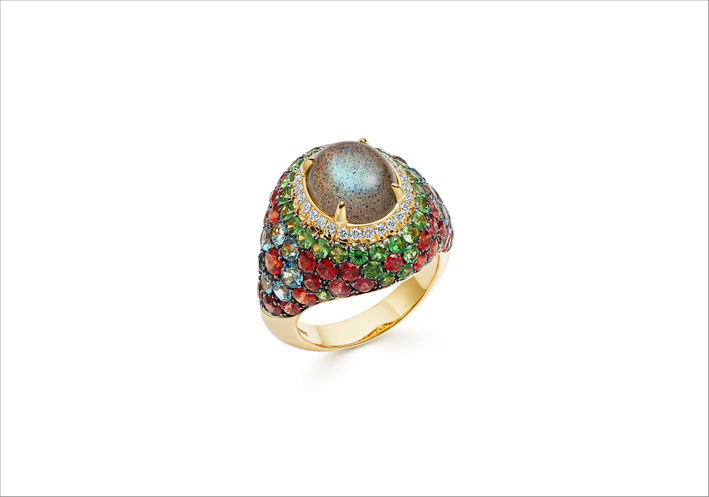
Features. Labradorite has the particularity of possessing a play of colors with a metallic reflection, often changing between blue and green. In some rare cases, it can show the full spectrum of colors. There are also colorless, white, gray, gray-black, gray-whitish, yellow, brown, pale green varieties. It is not a very hard stone and the simplest cut in which to bring out the colors is the cabochon, although it is not uncommon to find some other type of cut. As we have mentioned, labradorite can exhibit an iridescent (or schiller) optical effect, which is also known as labradorescence. The term labradorescence was coined by the mineralogist Ove Balthasar Bøggild. From a scientific point of view, labradorizing is the reflection of light from submicroscopic planes oriented in one direction (rarely in two directions). They are planes that never have such a position that they can be expressed by simple indices, and are not directly visible under the microscope.
Where is it. In addition to Labrador, labradorite is also found in Madagascar, Mexico, Russia and the USA. The Finnish variety is called spektrolith.

How it is used in jewelry. Labradorite is mainly used for simple cut pendants and pendants, or cut into spheres for necklaces. But there is no shortage of rings that use labradorite, especially in its iridescent version.
How to clean labradorite. Since labradorite is a fairly fragile stone, care must be taken to clean it, avoiding too rough treatments. Water, a drop of detergent and a toothbrush with soft silks are fine. Instead, avoid rubbing the stone with too rough materials. Also pay attention to when you put it back in the drawer: do not place the jewel in contact with other objects that could scratch the stone.
